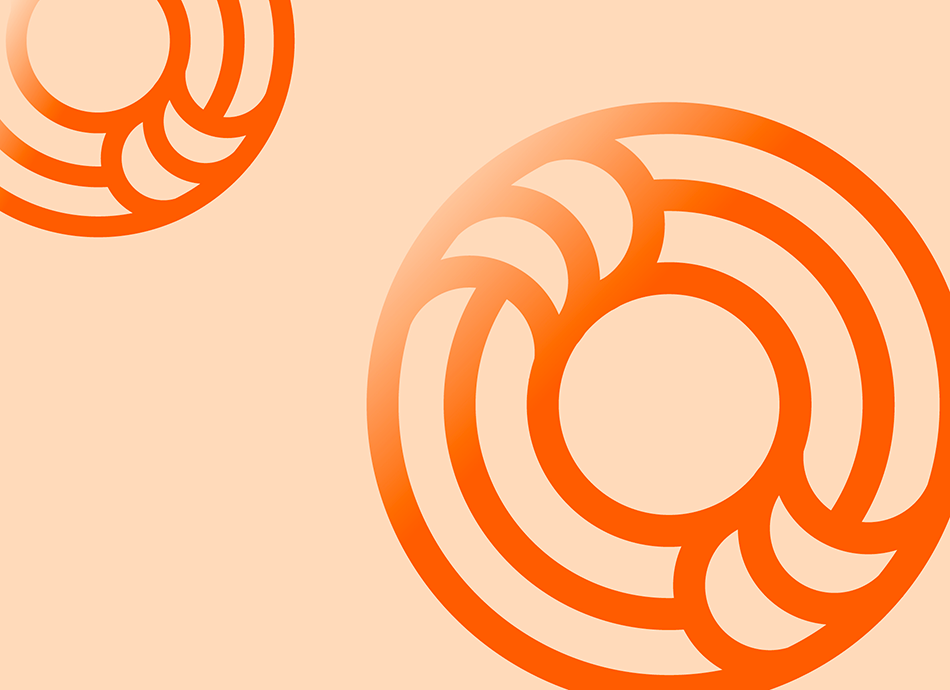Scam alert: Ads or websites claiming to have Medsafe approval or with the Medsafe logo are fake. Medsafe doesn’t endorse any health products, services or brands. Go to Medsafe for official information.
Migraine for healthcare providers
Key points about migraine
- This page contains information about migraine for healthcare providers.
- Find information on clinical features, treatment and resources for additional reading.

Key information about migraine headache provided by Dr Pyari Bose, neurologist, Auckland
- Migraine premonitory phase – this can be seen in around 70 percent of patients with migraine. Symptoms can occur 48-72 hours before the migraine headache. Frequently reported symptoms include increased yawning, euphoria, depression, irritability, food cravings, constipation, and neck stiffness.
- Migraine aura – about 25 percent of patients with migraine, report aura. This can be visual symptoms (e.g., bright lines, shapes, objects), auditory symptoms (e.g., tinnitus, noises, music), sensory symptoms (e.g., burning, pain, numbness). Occasionally aura symptoms may involve an absence or loss of function e.g., loss of vision, or inability to move a part of the body.
- Migraine headache – often one-sided but not always. The headache usually has a pulsating or throbbing character. As the headache increases in intensity, patients may develop sensitivity to light (photophobia), to sound (phonophobia) or smell (osmophobia). They may also develop nausea and/or vomiting. An untreated migraine headache attack may last several hours and sometimes even several days.
- Migraine postdrome phase – colloquially also called the ‘hangover’ phase of migraine. This is when the throbbing headache of migraine settles, and patients are left with various non-headache symptoms. Patients often complain of feeling drained or exhausted.
Key information about migraine headache provided by Dr Pyari Bose, neurologist, Auckland
- For immediate relief, over the counter nonsteroidal anti-inflammatory drugs (NSAIDs) like ibuprofen or paracetamol can be tried as first line. If this does not help, then migraine specific pain relief like sumatriptan or rizatriptan can be prescribed by a GP or specialist.
- If the headaches become frequent, then preventive medications maybe needed to avoid overusing pain medications. Most preventive medications used in migraine were initially designed for other medical problems before research showed they work for migraine as well. The notable exception being CGRP monoclonal antibodies and antagonists which were specifically designed for migraine. Common migraine preventives used are: amitriptyline, nortriptyline, propranolol, topiramate, pizotifen. There is also good evidence for the use of candesartan for migraine prevention. Third line preventive treatments for chronic migraine include Botox, greater occipital nerve block, CGRP monoclonal antibodies. These treatments would need initiation and monitoring by a headache specialist neurologist.
- For patients wishing to try non-pharmacological options for migraine management, there is some evidence in riboflavin (Vitamin B2) and magnesium supplements. Patients may discuss these options with their doctor.
Management of migraine with or without aura (external link) NICE Clinical Guidelines, UK, 2014
Headache in primary care – diagnosis and treatment(external link) BPAC, NZ, 2007
Video: Goodfellow Unit Webinar: Managing common neurological conundrums
(Goodfellow Unit Webinar, NZ, 2020)
Credits: Healthify editorial team. Healthify is brought to you by Health Navigator Charitable Trust.
Page last updated:


